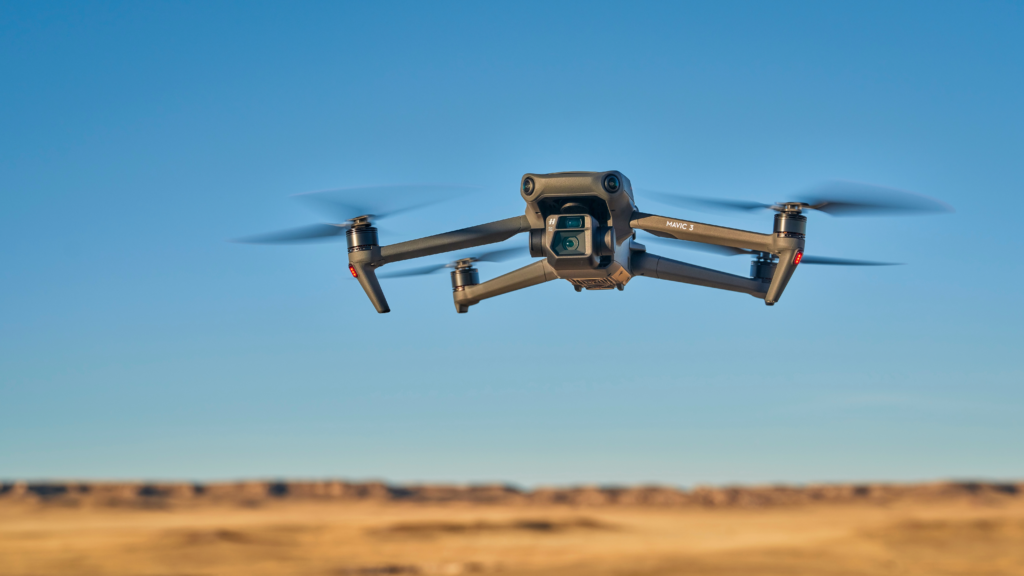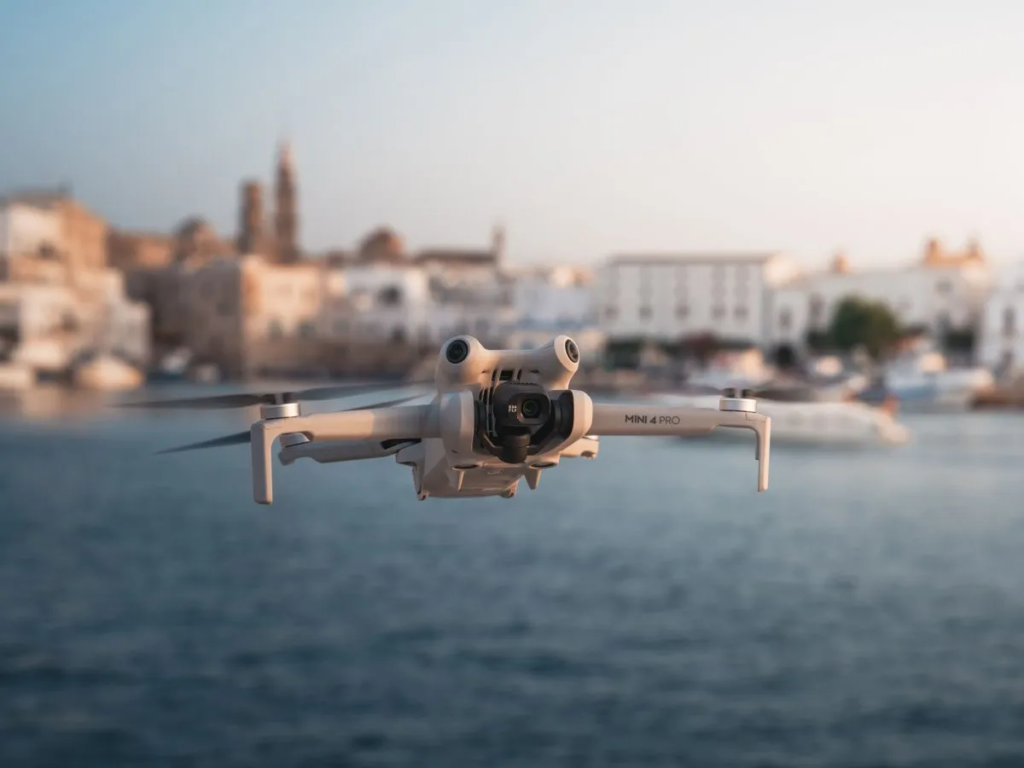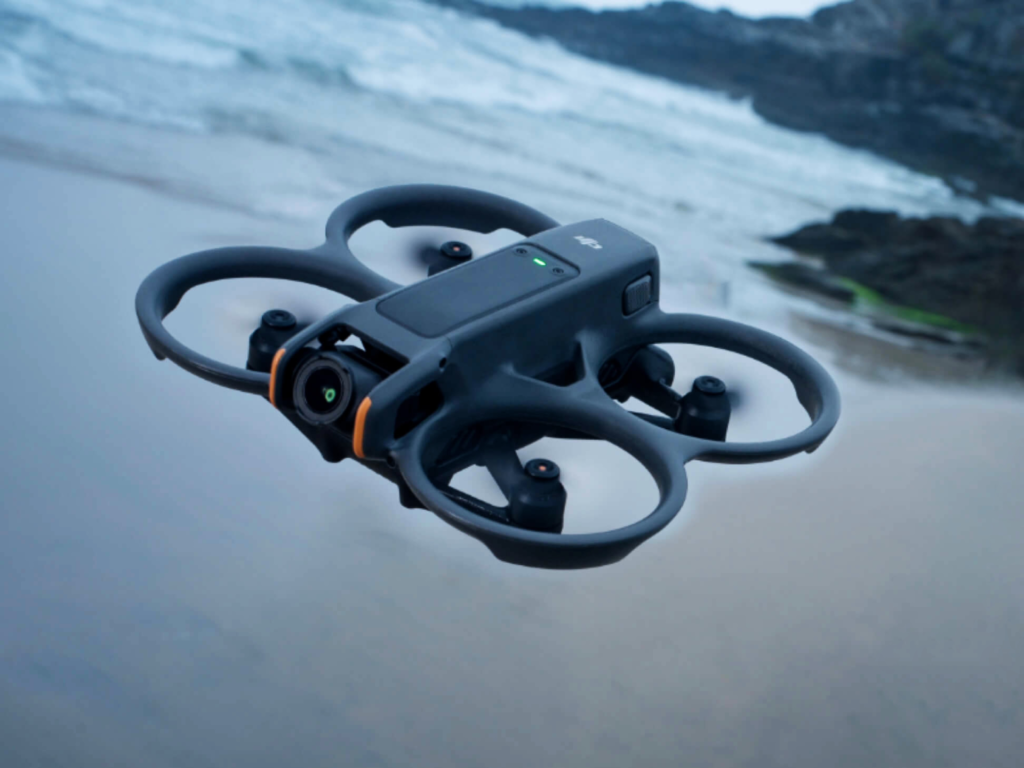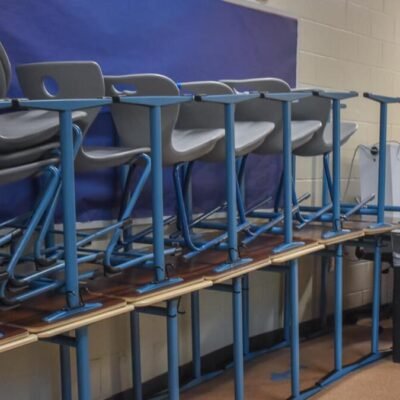The global drone market has long been dominated by China’s DJI, a powerhouse in aerial imaging and enterprise drones. With a market share hovering between 70 %–80 %, DJI continues to lead thanks to its cutting‑edge tech and widespread adoption (droneuniversities.com, ft.com, dronedj.com). But now, a wave of American-funded drone firms—like Skydio, SiFly, Skyfish, and Performance Drone Works (PDW)—is pushing for a place at the top. Could one of these “Made in the USA” companies truly dethrone DJI?
Why DJI Dominates

For over a decade, DJI has held a monopoly in consumer and professional sectors. Its drones, including the Mavic 3 and Matrice 300, gained popularity for stable flight, high-resolution cameras, intelligent flight modes, and integration across industries (dronevideos.com, newsweek.com). They’re affordable, versatile, and trusted by hobbyists, public safety teams, enterprises, and governments—capturing as much as 90 % of the market in fields like rescue and public safety .
The US Response: Security, Supply Chains & Regulations
Growing national security concerns in the US over data privacy and Chinese ownership have led to reviews and executive orders targeting Chinese‑built drones (techspot.com). Procurement restrictions are pushing federal agencies, utilities, and first responders to seek American-made drones. Still, critics argue that replacing DJI gear with US-made alternatives could leave many without viable, proven options (wsj.com).
Who’s Challenging DJI?
Skydio
Skydio, based in California, focuses on autonomous drone technology for government and enterprise clients. It exited the consumer market to concentrate on public safety, defense, and commercial sectors (theverge.com). Its software-driven drones have sold tens of thousands of units to U.S. military and allied forces (en.wikipedia.org). However, a Chinese battery component ban in late 2024 revealed how deeply Skydio still depends on non-US supply chains (ft.com).
SiFly
As a stealth Silicon Valley startup, SiFly made headlines unveiling the Q250 and Q12 drones. These machines boast up to 100-minute flight times, 200-pound payloads, and NDAA-compliant designs—directly targeting enterprise and government users (newsweek.com). The Q250 aims at industrial tasks like fire suppression and remote cargo delivery—missions that DJI typically cannot handle (newsweek.com).
Skyfish
Santa Clara’s Skyfish recently launched the Osprey—an enterprise-grade, NDAA-compliant drone built for 3D mapping and digital twins. The Osprey is crafted for critical infrastructure inspection and surveying with professional-grade accuracy (dronelife.com).
Performance Drone Works (PDW)

PDW, based in Huntsville, Alabama, spun out from the Drone Racing League. Its C100 drone offers 70 minutes of flight, a 10-pound payload, and compact size suitable for squad-level military operations (businessinsider.com). With production scaled rapidly—70 units per month and plans to double—PDW is carving a niche in tactical and defense markets (businessinsider.com).
Shield AI & Anduril
Companies like Shield AI (with the VTOL MQ‑35 V‑BAT) and Anduril (Ghost series) are delivering advanced autonomous drones for military applications. Shield AI’s V-BAT has thrived even under electronic warfare, and Anduril’s Ghost drones offer swarming, stealth, and robust payload capabilities (en.wikipedia.org).
Strengths of US Drone Firms
Security and Compliance
US-based drone manufacturing ensures compliance with NDAA and reduces worries over data interception, surveillance, and foreign regulation (allamericanmade.com).
Military-Grade Capability
US firms are delivering drones tailored for defense and enterprise use—long endurance, heavy lift, swarm tech, counter‑EW resistance—all built for tactical theaters .
Rapid Innovation
PDW and other startups bring race-derived engineering, agile IRAD designs, and production scale-up in record time .
Challenges Ahead

Supply Chain Woes
Despite US design and assembly, some firms rely on foreign components. Skydio’s recent struggle with Chinese battery sanctions proves supply chains remain a vulnerability (ft.com).
Cost and Innovation Gaps
Many American alternatives are priced higher than DJI’s well-established ecosystem (techradar.com). Apple-like ease, local support, and software maturity are still areas where DJI leads. When DJI bans leave agencies straining, they plead: “American drones are less reliable in rugged terrain” (wsj.com).
Market Penetration
DJI’s deep integration into workflows—from content creation to public safety—is hard to displace. US drone makers must not only match performance—they must also win market trust and scale.
What the Future Holds
If the U.S. restricts DJI through bans or strong procurement policies, America’s domestic drone market could boom. Experts estimate US drone manufacturing might grow to a $31 billion market by 2034 (dronebrands.org). The DoD and DHS have created incubators to accelerate US drone innovation (en.wikipedia.org).
Race-born companies like PDW could redefine drone design with high-speed, mission-ready platforms. SiFly’s payload-centric models represent a new frontier in enterprise use. Skyfish’s mapping systems may soon rival DJI’s best-in-class commercial drones. Shield AI and Anduril are already disrupting tactical warfare.
Conclusion
DJI’s dominance will not topple overnight. But the rise of NDAA‑compliant, government‑funded, mission‑driven US drone companies signals a shift. Security, supply chain resilience, and innovation are becoming central. The true question: which American challenger has the sum of performance, cost, supply chain independence, and market trust needed to dethrone DJI?
If these firms continue to innovate and scale—and if policy supports their growth—America may finally have the domestic drone champion it’s needed. Only time will tell if one of them can truly dethrone DJI.
Also Read – Supersonic Travel and Flying Cars? Trump Wants It Now






